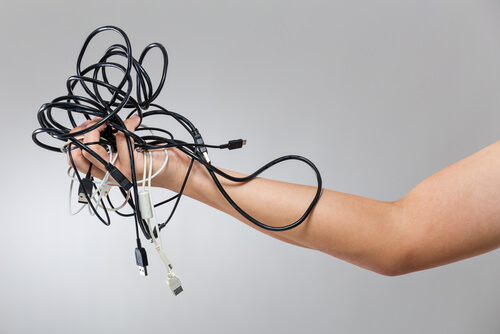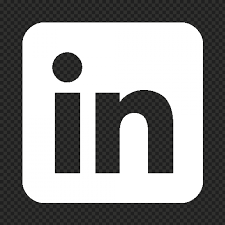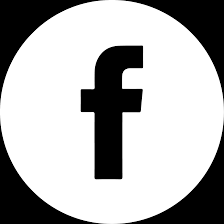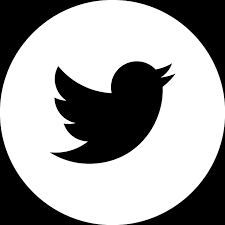
Look at the picture and what do you see?
We at LINC Project see the dreaded Rat’s Nest that has been a part of IT since its earliest days. Flash-forward to 2015 and almost nothing has changed.
Sure, technology itself has changed. Companies are more likely to use laptops than desktops, wireless networks are a ‘thing’ now, but the rat’s nest is still there. We can try to put the problem out of site and out of mind, but it’s still there and it isn’t going away anytime soon. However, there might be some hope for cable consolidation on the horizon.
The latest USB standard known as USB-C has been released into the open market as of August 2014.
Besides being smaller, reversible, and having about the same speed as the latest available USB standards, it will come with one major advantage: it can charge devices as well as connect them. Some might be asking ‘what is the advantage of that’? At the lowest level, it allows for the elimination of several different types of cables. While this will not solve the cable mess, it does have potential to make it more manageable as proprietary power adaptors go the way of the dinosaurs.
Apple may have something to say about that… However, on second thought, maybe not. In a surprising twist, Apple has agreed to be an early adaptor of USB-C Technology with their new MacBook. This MacBook comes with a single USB-C that is the ONLY port on this model. While this little guy can handle multiple tasks such as charging and peripherals, it can only handle one of those multiple tasks at a time. This means that you have to choose between charging your laptop or using a wired peripheral such as keyboard and mouse or hooking the laptop up to an Ethernet port unless you purchase a hub to replace this potentially lost functionality.
In fact, the concept of a USB-C hub is so new that the market for it has yet to be created. A quick Google search of USB-C type hubs reveals a series of Kickstarter like campaigns to fund the creation of these hubs. The makers of USB-C admit that the release of their new cable will initially cause a jumble of new cords and adapters as people try to connect their current equipment to the old standard, but much like PS2 mouse and keyboards, the holdouts will eventually disappear.
While the dream of a cure all cable may be years away, the USB-C shows that it is still a dream worth having.
Ludovic Levivier
Founder & CEO, LINC Project, INC. a Managed Service Provider in New York and San Francisco



.png?width=306&height=50&name=Logo_width.jpg(2).png)


